New York has (in our humble opinion) some of the best terraces in the world, but the city was *very* late to the terrace game—by multiple millennia!
While people around the world have been building and using terraces for the past 12,000 years, New Yorkers have just over a century under our belts. There are lots of surprises in the world’s long history of creating and enjoying terraces—here’s what we’ve learned.
TERRACES IN ANCIENT HISTORY
Did you know humans have been using terraces since long before written history. While we’re focused on residential and social usage, terracing began as an ancient farming method to make use of hilly regions or to grow specialized crops. Terrace farming is still widely used in many parts of the world today.
Starting in 9800 BC—yes, almost 12,000 years ago—ancient people across the world realized they could add terraces to their homes and structures as well as their land, with archeological records showing built setbacks and roof terraces dating back tens of thousands of years in the Middle East, Greece, Rome, Cambodia and even on some remote Pacific islands.
The most famous architectural terraces in ancient history are King Nebuchadnezzar’s Hanging Gardens of Babylon—planted in a series of setback structures and rooftops, the Hanging Gardens are cited as one of the Seven Wonders of the Ancient World. Unfortunately, while there are multiple written accounts of these gardens, historians have never been able to establish where they were actually located, and definitive archeological evidence has never been found for their existence.
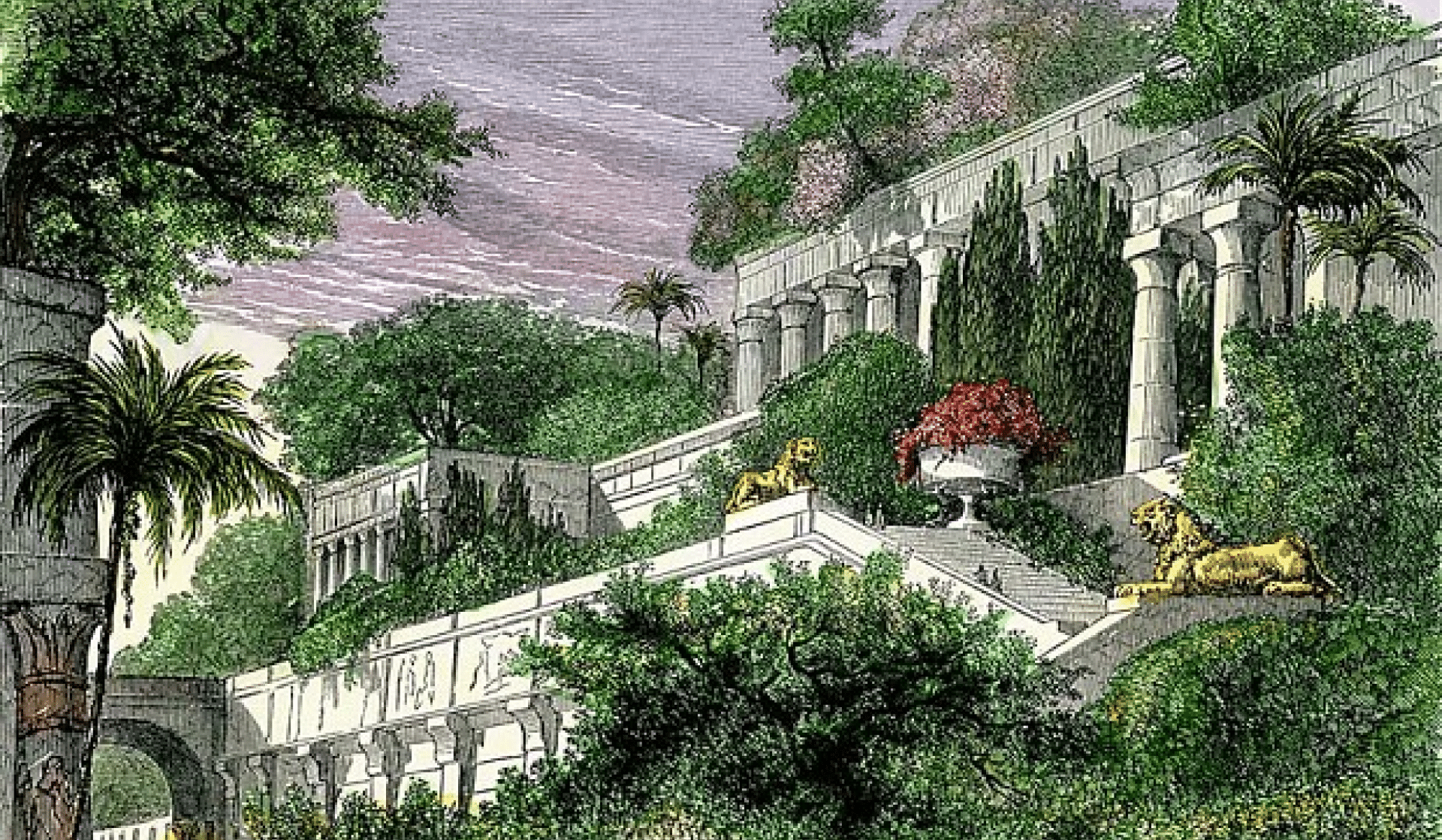
However, we do know that ancient Mesopotamians commonly grew gardens atop ziggurats—terraced temples used for religious purposes—between 3000 BC and 600 BC. There are well-documented archeological records of private villas in the ancient city, Pompeii, with elevated terraces where plants were grown. Somewhat more recently, the medieval Egyptian city of Fustat had several 14-story high-rise buildings with rooftop gardens irrigated by ox-drawn water wheels, and medieval Venice was also using terraces—Venetians adopted private, slat-floored roof terraces called altanas around 1500 AD for laundry and service space. Altanas are still used now, mostly for social purposes.
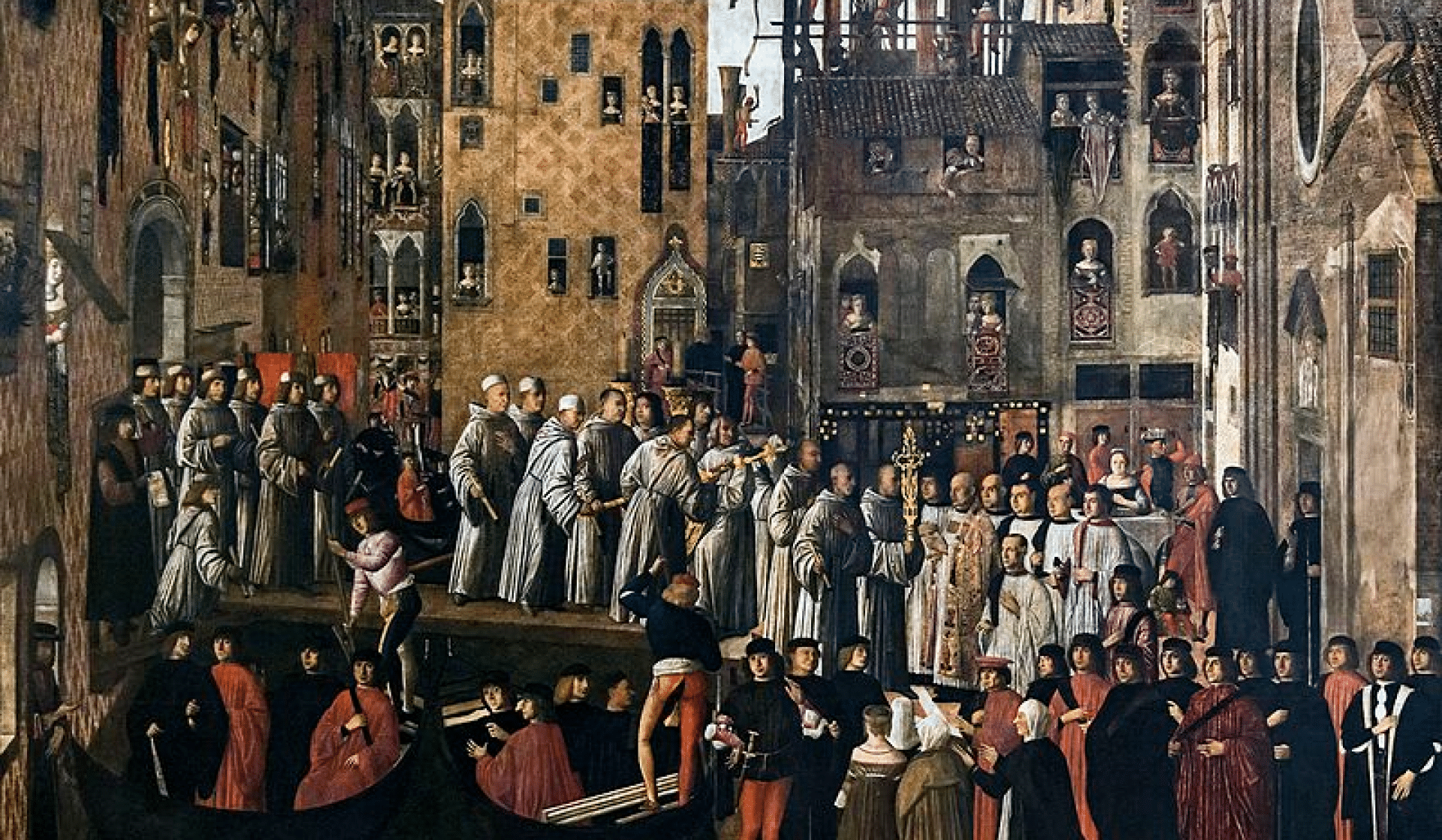
PUBLIC TERRACES AS NIGHTLIFE DESTINATIONS
Historians cite 1890 as the advent of rooftop terraces in New York City with the opening of a roof garden atop the Casino Theater at Broadway and 39th Street. The brainchild of composer Rudolph Aronson after a visit to Paris (which had popular public terraces already), the rooftop garden on the Casino was designed as a place where patrons could “sit for a time in the open air [and] drink cooling beverages” while an orchestra provided entertainment.
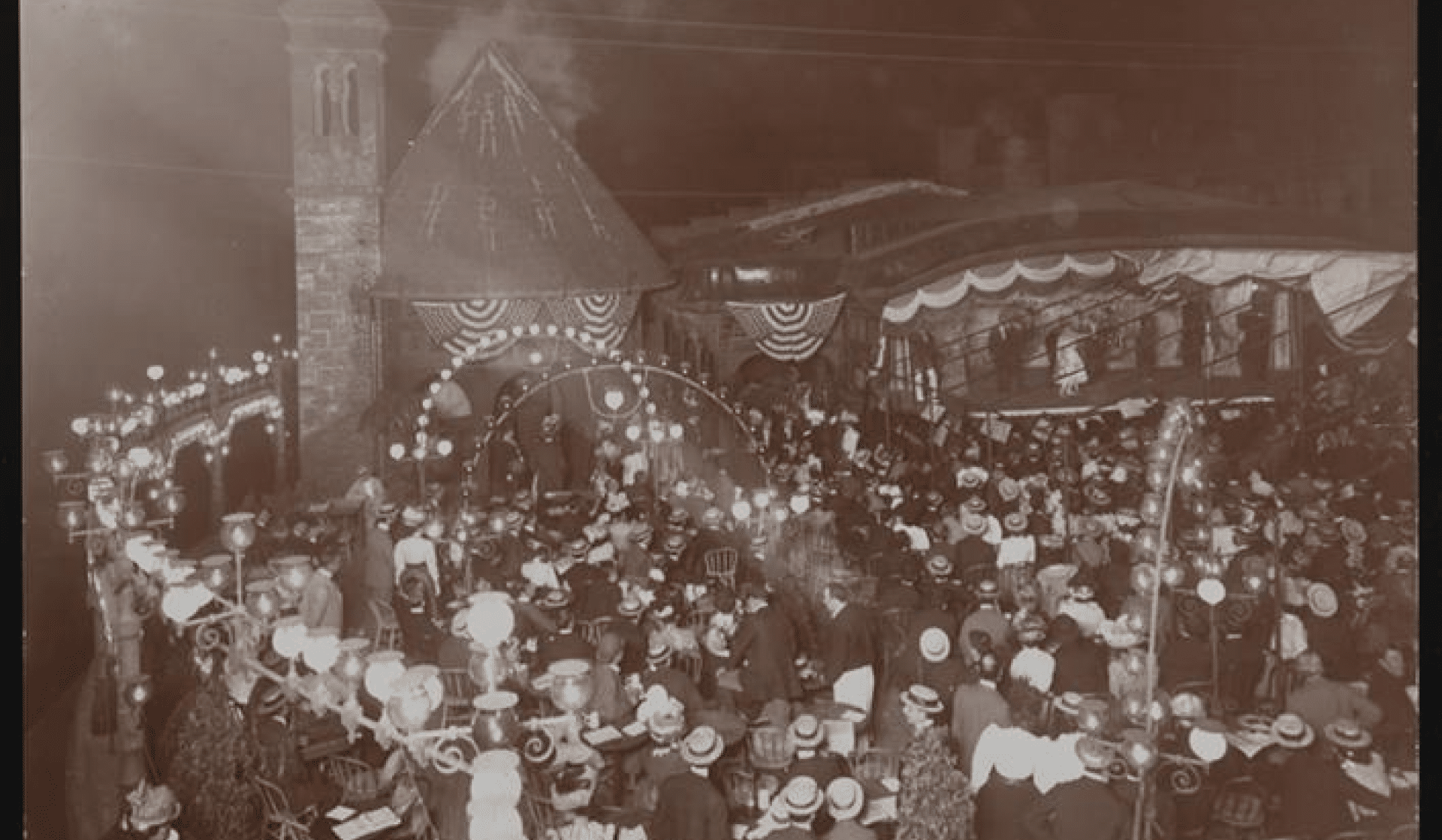
Rooftop terraces quickly became wildly popular, with theaters and hotels around the city opening lavish roof spaces to entertain the city’s growing population during sweltering summer months when interior space was unusable.
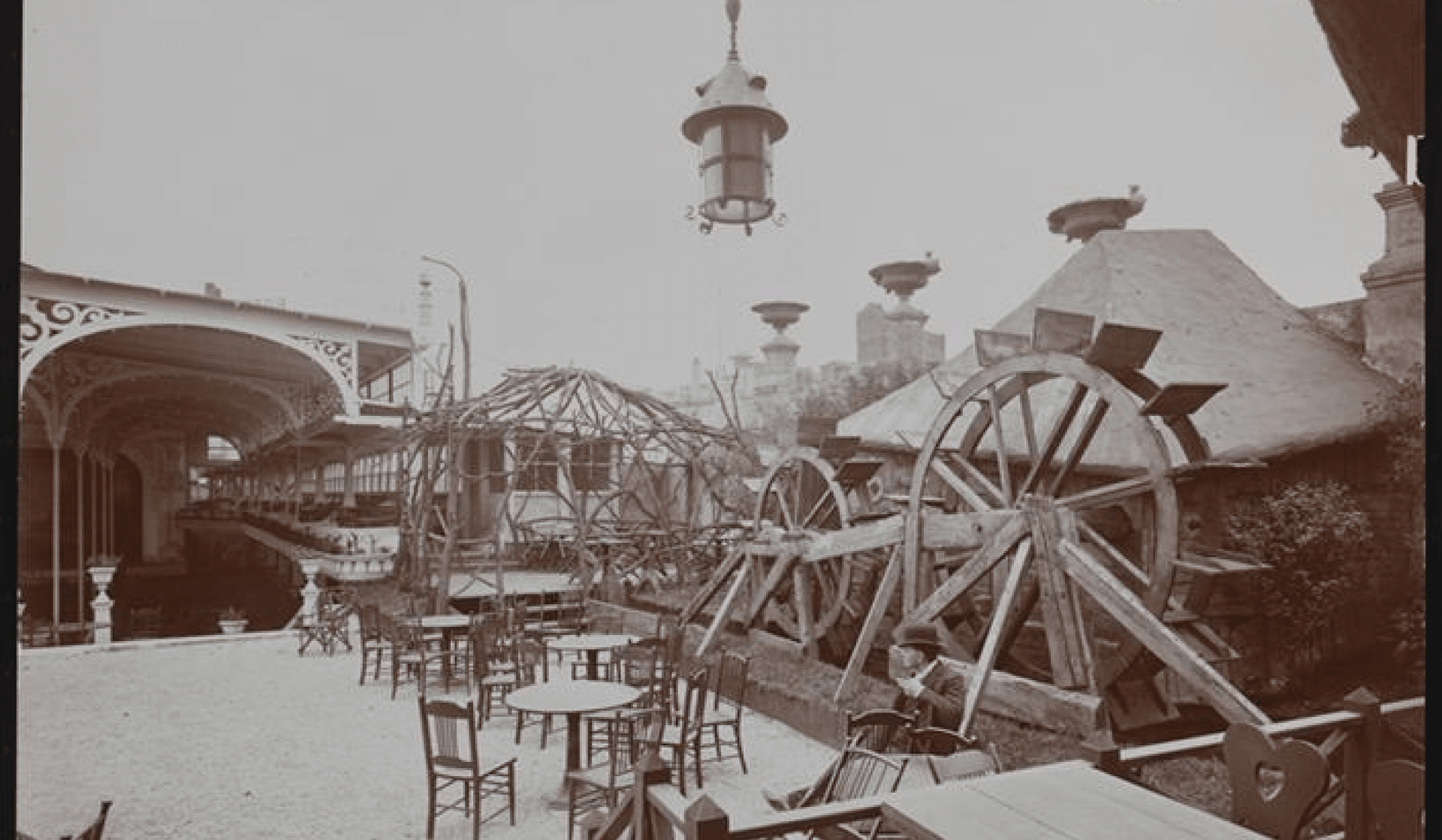
“Roof garden season,” as one contemporary columnist called it, was fully embraced by the New York nightlife scene in the early 1900s, with establishments competing to create ever-more elaborate and lushly-planted fairylands—complete with waterfalls, swans, pagodas, and more—where wealthy revelers could enjoy evening breezes, tip back stiff drinks and be seen by high society.
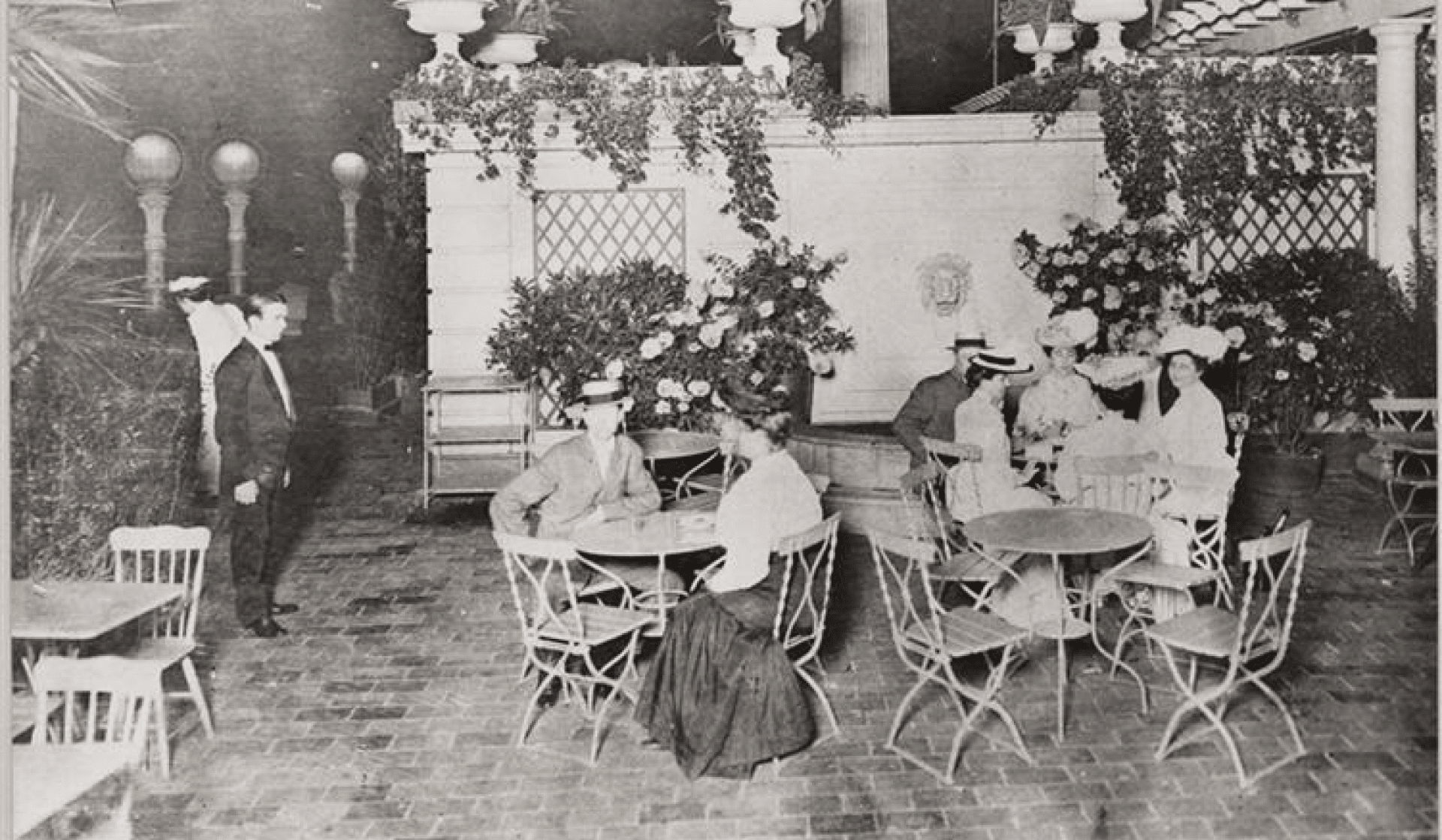
Many of the themed rooftops were essentially self-contained amusement parks; at the height of the rooftop craze, the Ansonia hotel even had a fully-functional rooftop farm for guests’ enjoyment. Notable and amusing farm attractions reportedly included the owner’s personal pet pig, goats the guests could play with, a “small” bear and 500 chickens that laid eggs daily for delivery to guests’ rooms.
In the 1920s and 1930s, as theatres adopted newly-developed air conditioning technology and early cinema became popular, these public roof gardens fell out of fashion, with terraces instead shifting towards private, residential use.
PRIVATE TERRACES AS LUXURY AMENITIES
Buildings in the city began growing taller with the adoption of the elevator in the 1920s, and height quickly became the status symbol of the new urban rich. Luxury apartment buildings with usable rooftops were developed to take full advantage of private roof terraces. The laundry spaces and servants’ quarters—formerly been relegated to the roof in the era of walk-ups—were now moved to the basement as newfangled lifts conveyed wealthy tenants up to fresh air and privacy, all away from the noise of the city.
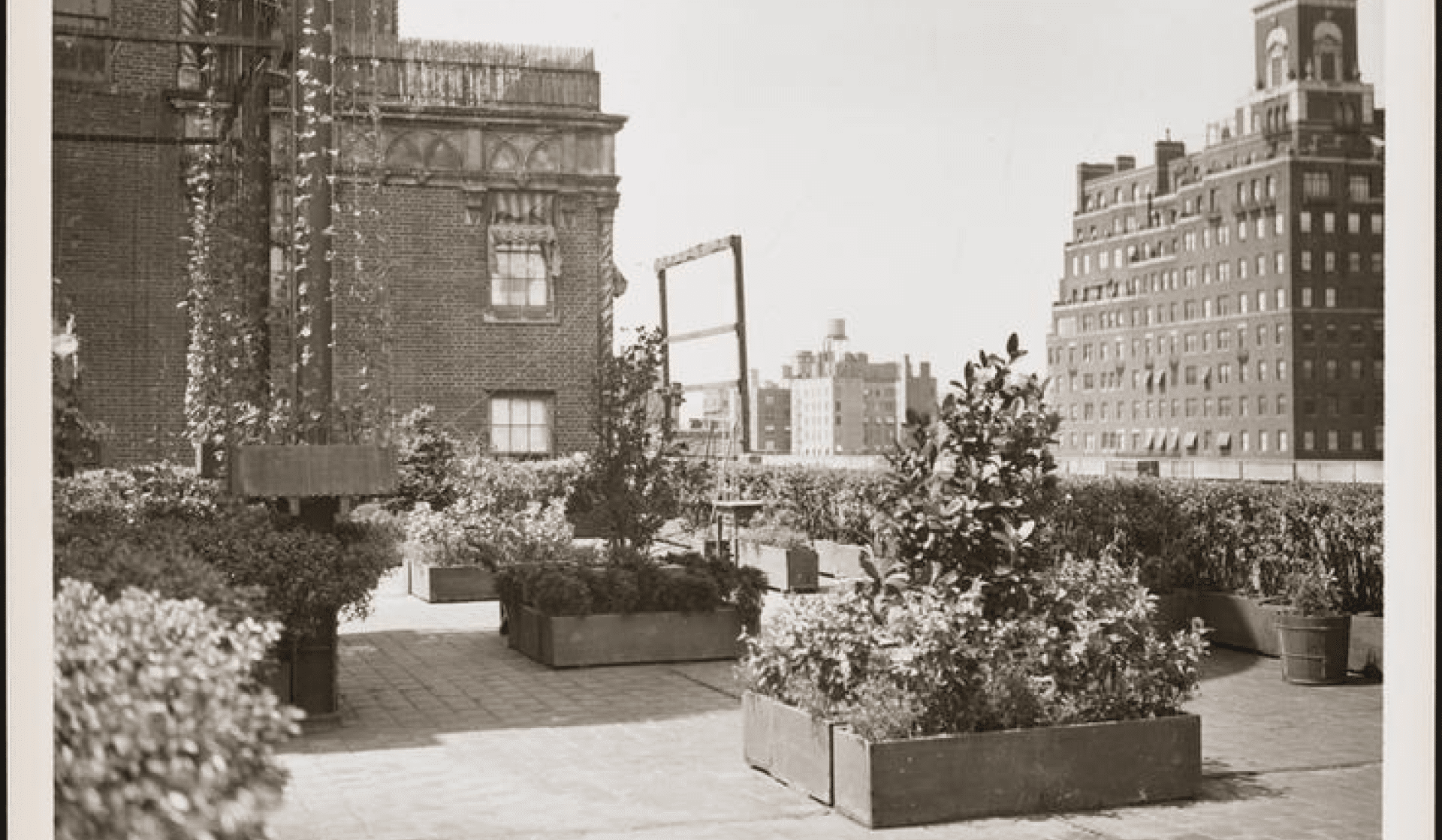
Elevators effectively swapped the height-based value of apartments in urban centers like New York; top-floor apartments that had previously attracted lower rents due to long climbs and proximity to rooftop service spaces were suddenly very desirable. Top-floor apartments were quieter, had more sunlight, and were finally easily accessible. Adding private terrace space via setback or finished rooftop became increasingly desirable as wealthy apartment owners realized they could enjoy secluded, beautifully-landscaped outdoor space high above the dirt, din, and prying eyes of the city’s streets—all of the benefits offered by the original hotel rooftops without the imperative to share with hundreds of other guests.
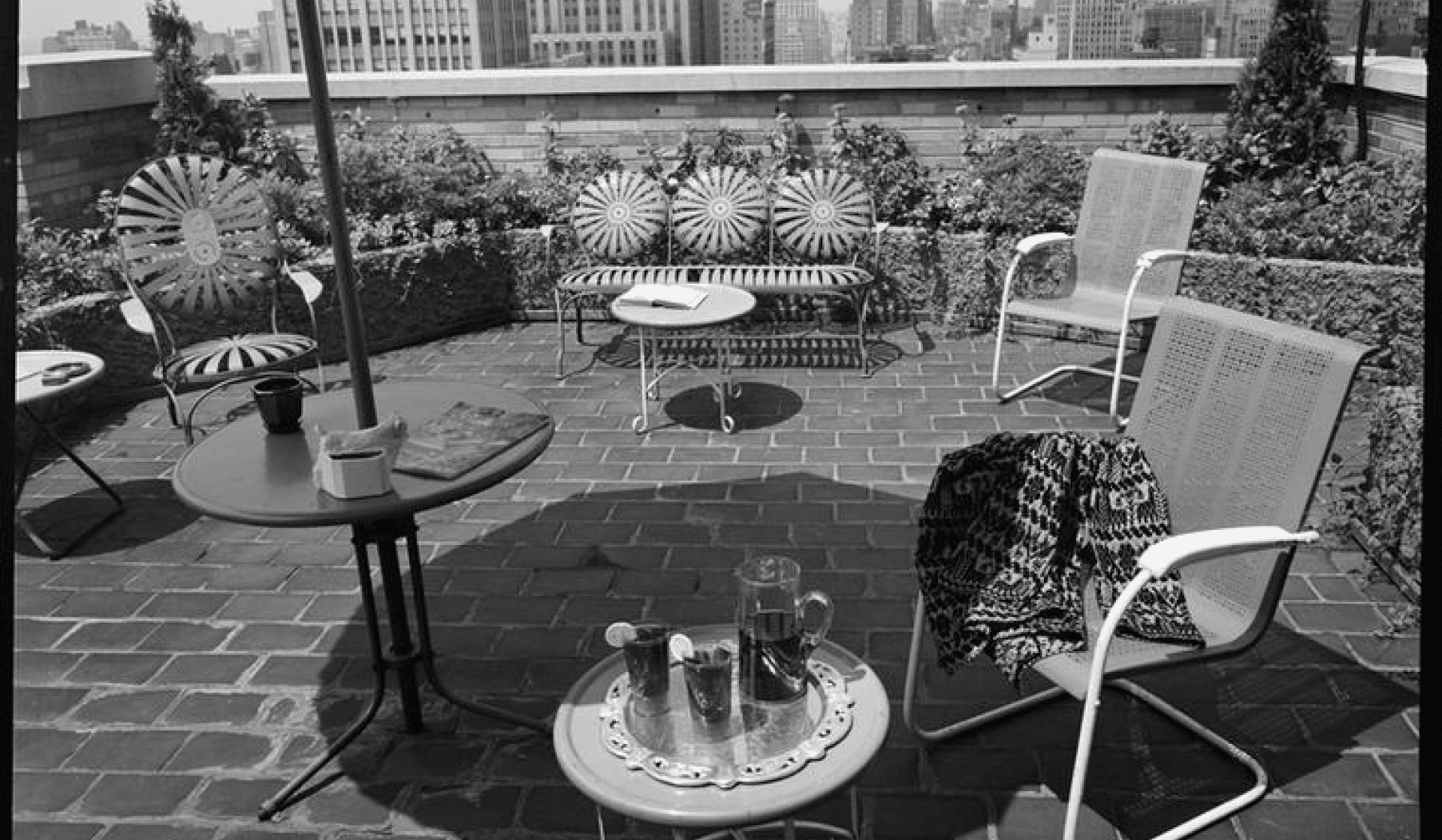
While rooftop bars have made a recent comeback, private outdoor space remains a rare and coveted commodity that comes at a premium in the city. Private residential terraces have benefited from advances in architecture, technology and design through the years, and New York now boasts some of the most stunning and luxurious private terraces in the world.
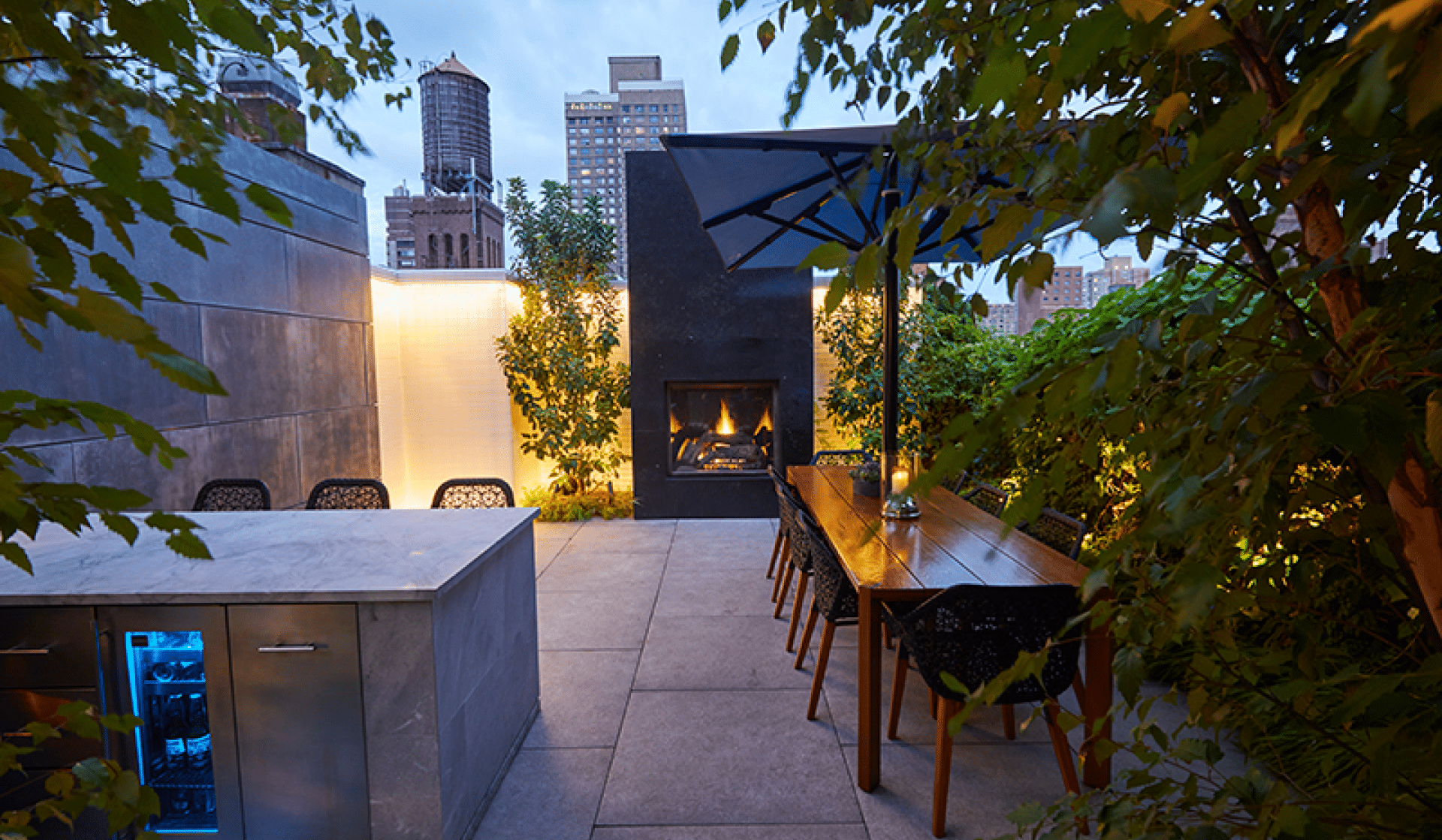
The beautiful terraces throughout the city can trace their origins back as far as the temples of ancient times, and will likely continue to evolve in beauty, form and function through the coming centuries. Styles and uses have changed over the years, but through it all, people have always loved spending time outdoors, well above the ground in beautiful, private worlds all their own.



